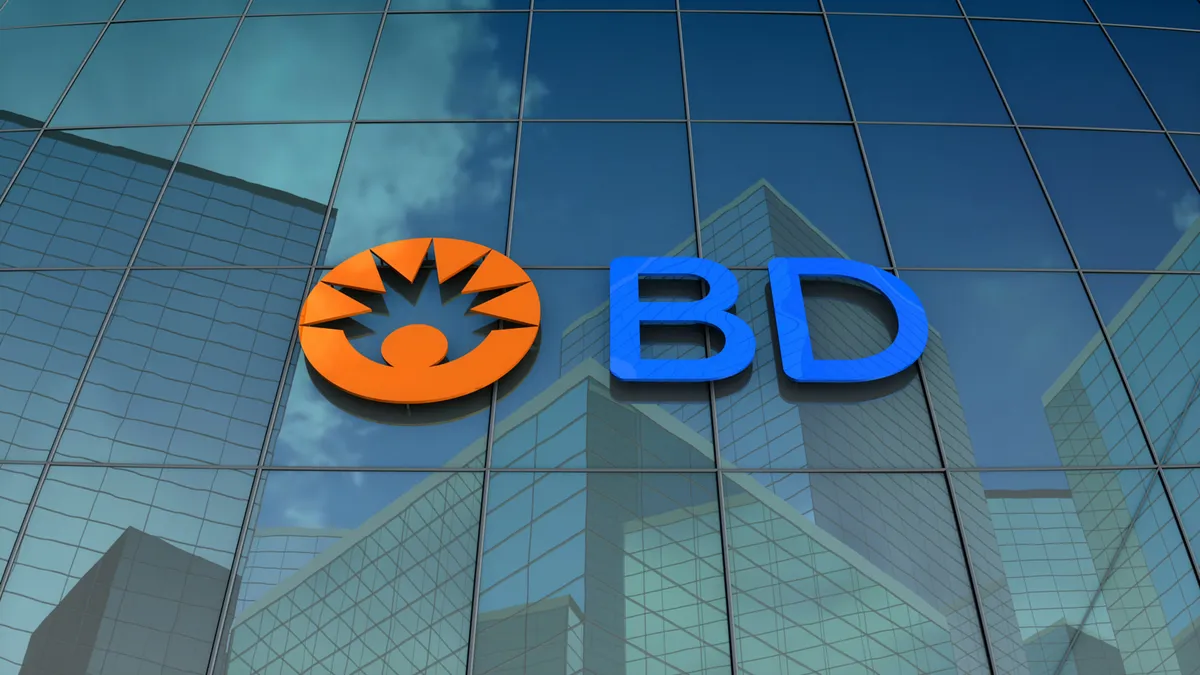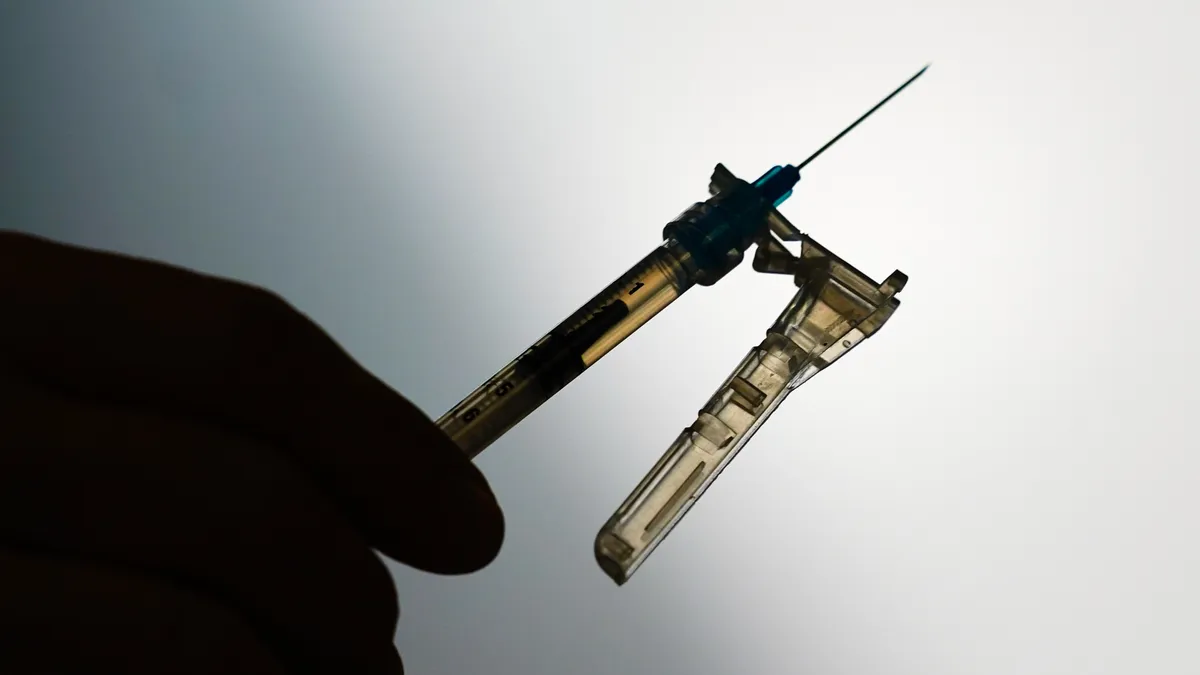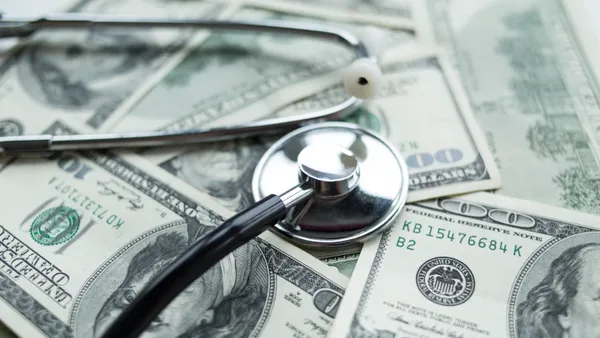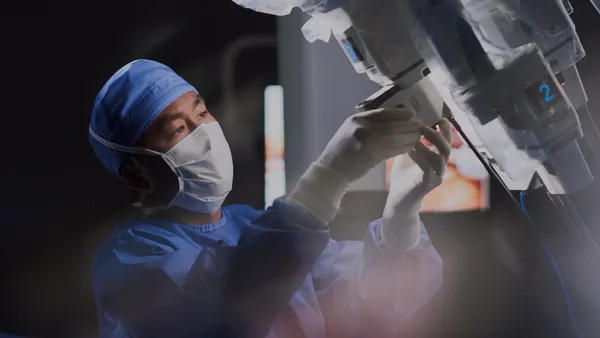Dive Brief:
- BD outlined Thursday how the planned separation of its biosciences and diagnostics business will fuel investments and acquisitions in high-growth areas.
- CEO Tom Polen told investors on an earnings call that the medtech business’ interventional segment “has a number of tremendous market opportunities.” BD disclosed its plan to separate its biosciences and diagnostics business after the stock market closed Wednesday and provided more information on its first-quarter earnings call.
- BD has not yet decided how it will separate the biosciences and diagnostics unit from the medtech business, with options including a sale, spin-off and Reverse Morris Trust all being considered.
Dive Insight:
BD outlined the financial performance for the separating and remaining business in presentation materials released Wednesday. The biosciences and diagnostics business generated $3.4 billion in revenue in BD’s 2024 financial year. Diagnostics, which sells products such as point-of-care infectious disease tests, accounted for $1.8 billion of the total.
The remaining medtech business generated $17.8 billion in revenue in BD’s last financial year. Medical essentials and interventional are the unit’s two biggest businesses, bringing in about $6.2 billion and $5 billion, respectively.
J.P. Morgan analysts, in a note to investors, wrote they “wouldn’t categorize this business as innovative growth, but rather a mixture of some interesting assets in interventional along with some solid supplies-like assets in medical.”
The analysts set out how they want BD to grow the medtech business after it sheds biosciences and diagnostics.
“What we’d like to see here is management using this as a platform to grow off of,” the analysts said. “For example, expand into some higher growth supply markets or add some earlier stage or smaller innovative growth assets that leverage the existing cardio or urology platforms.”
The comment, which was published before BD’s earnings call, aligns with how Polen described the value of separating. Asked where BD could invest after the separation, Polen said the company will “certainly spend a lot of time focusing and building our funnels” in interventional. BD will “double down on shifting our portfolio, both organically and inorganically through tuck-in M&A, into higher-growth, high-margin accretive growth spaces,” the CEO said.
Polen also sees chances for the separated biosciences and diagnostics business to “accelerate capital deployment.” Over the past 10 years, “99.5% plus” of BD’s spending on acquisitions has gone into the medtech business, the CEO said. Polen named the infectious disease space and “near adjacencies,” such as cancer screening, as areas that BD has not been “allocating huge amounts of capital to.”
BD expects to share more details this financial year, which ends in September, and complete the transaction in its fiscal 2026.
J.P. Morgan analysts said the deal could close sooner if “an acquirer emerges quickly.” William Blair analysts said in a note to investors that there are “only a handful of likely buyers who have the capacity and willingness to buy this separated business outright.”
The analysts sounded positive about BD’s plan, with the William Blair analysts saying they “are supportive of this separation” and J.P Morgan saying they “absolutely see the logic for the decision.” Yet, William Blair analysts also said there are risks, noting that “other healthcare spin-offs have had varying levels of success over the last few years.”










